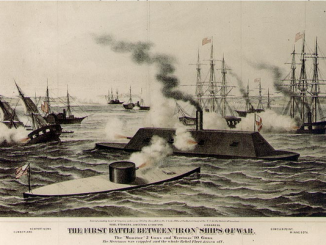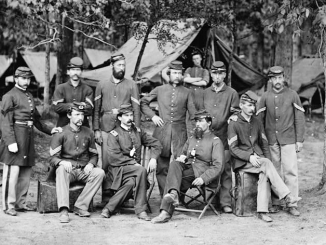
Widget not in any sidebars
As early as 1858, the ongoing conflict between North and South over the issue of slavery had led Southern leadership to discuss a unified separation from the United States. By 1860, the majority of the slave states were publicly threatening secession if the Republicans, the anti-slavery party, won the presidency. Following Republican Abraham Lincoln’s victory over the divided Democratic Party in November 1860, South Carolina immediately initiated secession proceedings. On December 20, the South Carolina legislature passed the “Ordinance of Secession,” which declared that “the Union now subsisting between South Carolina and other states, under the name of the United States of America, is hereby dissolved.” After the declaration, South Carolina set about seizing forts, arsenals, and other strategic locations within the state. Within six weeks, five more Southern states–Mississippi, Florida, Alabama, Georgia, and Louisiana–had followed South Carolina’s lead.
In February 1861, delegates from those states convened to establish a unified government. Jefferson Davis of Mississippi was subsequently elected the first president of the Confederate States of America. When Abraham Lincoln was inaugurated on March 4, 1861, a total of seven states (Texas had joined the pack) had seceded from the Union, and federal troops held only Fort Sumter in South Carolina, Fort Pickens off the Florida coast, and a handful of minor outposts in the South. Four years after the Confederate attack on Fort Sumter, the Confederacy was defeated at the total cost of 620,000 Union and Confederate soldiers dead.






Be the first to comment